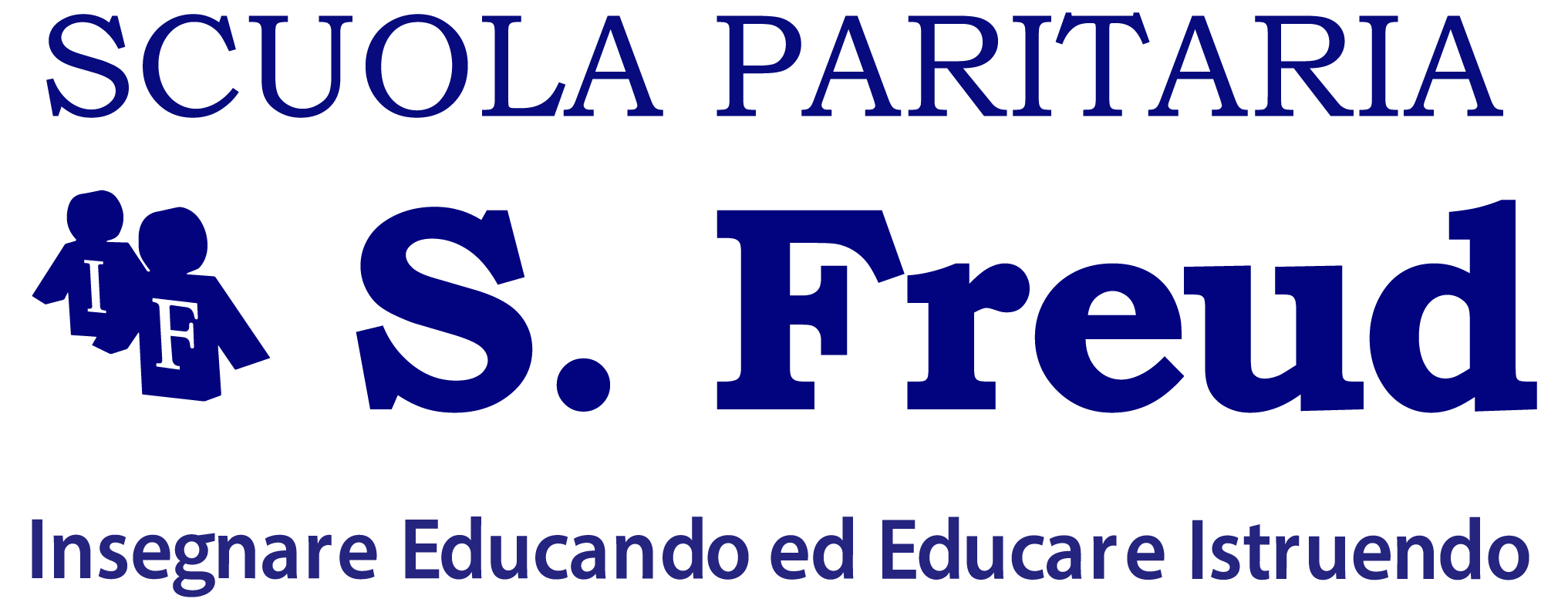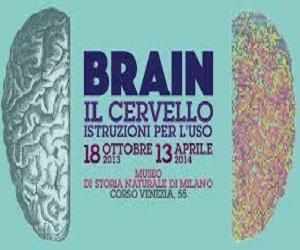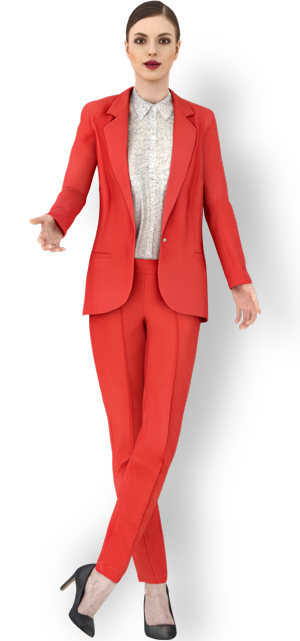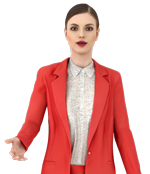5 novembre 2013
On Wednesday 13th November 2013, the students of the 1^A and 2^A of the Freud Institute will take part in the exhibition "BRAIN: the brain, "operating instructions" at the Science Museum of Milan from 9,00 a.m. to 1.00 p.m.
The exhibition directly comes fron the American Museum of Natural History of New York, it's the only Italian stop and it's also a great exhibition at an International level. With the support of the neurosciences it will spread among a wider non-skilled audience the mechanisms that regulate our perceptions, our feelings and our opinions.
It is displayed at the Civic Museum of Natural History, the most important Italian natural history museum and one of the most important in Europe. The exhibition is wanted by Cultural Department of the Milan Municipality, 24 ORE Cultura – Gruppo 24 ORE and Codice, Idee per la cultura (ideas for culture ), edited by Rob DeSalle, co-director of the Molecular Systematics Laboratories and director of the Invertebrates Department of Zoology belonging to the AMNH; Joy Hirsch, director of the Program for Imaging & Cognitive Sciences and Professor at the Columbia University; Margaret Zellner, behavioural neuro-scientist and therapist and Lecturer at the Rockefeller University.
Visitors will be accompanied along the discovery of this stunning tool, our brain and the amazing potential it offers us through a sensory display, some interesting installations, games and videos: a human model, almost two metres tall shows how much of our brain in involved in the sense of touch; a multi-media video shows a resin brain that shows the functional areas that are triggered when a girl is taking a dancing audition; a screen of neuronal movements highlights the ways the brain cells interact; a model of the subcortical area – the brain's region that contains the most "ancient" parts of the brain shows the ways in which the brain processes our decisions, our memory and our speaking skills and for the first time in a museum we'll be able to see a deep brain stimulation system.



